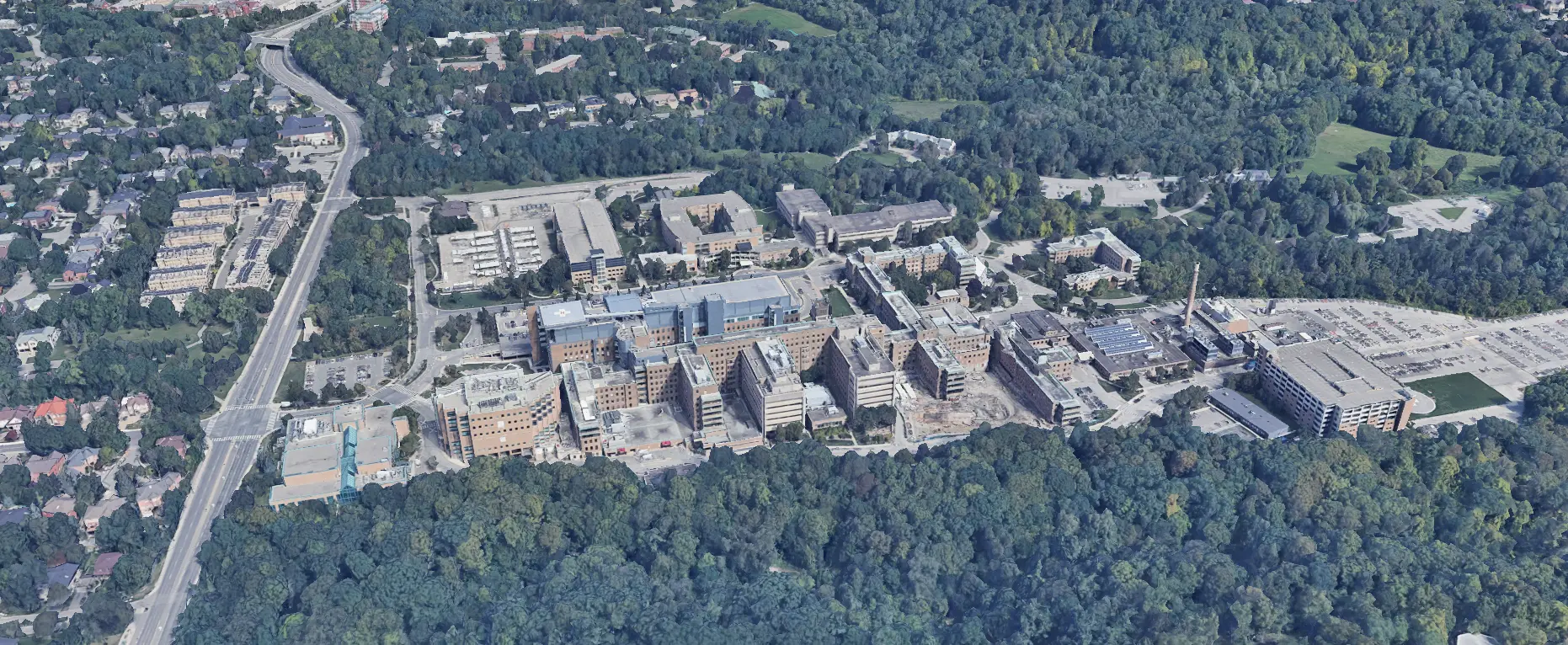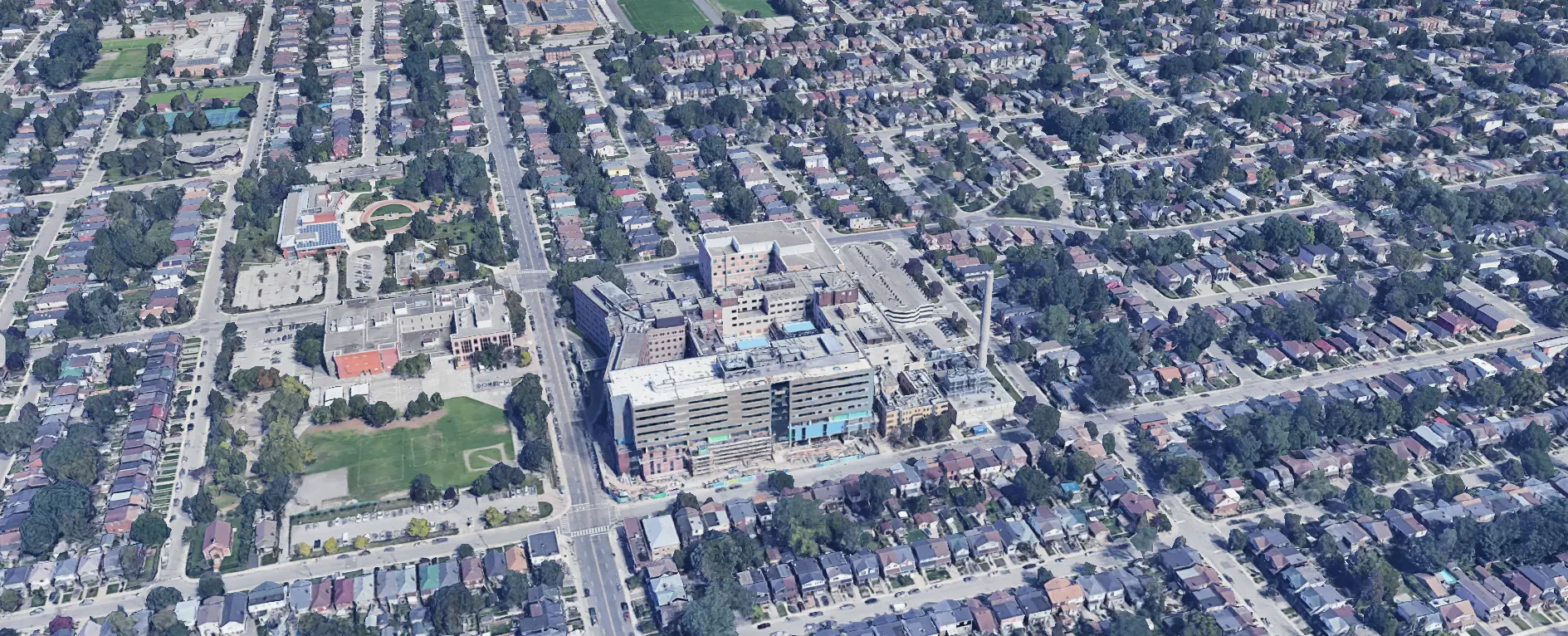Table of Contents
- Introduction
- Defining improvement to physical functioning
- 📈 Ontario nursing homes with most improvement in physical functioning
- 📉 Ontario nursing homes with least improvement in physical functioning
- Considerations for choosing a nursing home
Introduction
Physical functioning encompasses an individual's ability to carry out a range of tasks that require physical capability, spanning from basic activities of daily living (ADLs) such as bathing, dressing, eating, and moving around, to more complex instrumental activities of daily living (IADLs), which include managing finances, handling transportation, shopping, preparing meals, and maintaining a household. This concept also covers aspects of mobility, strength, coordination, and the capacity to participate in leisure activities or exercises.
In the context of long-term care homes, the assessment of physical functioning is pivotal. It determines the level of care and support an individual requires, aids in the creation of personalized care plans, sets rehabilitation goals, and monitors progress. For older adults in these settings, maintaining or enhancing physical functioning is a critical goal due to its direct links to independence, quality of life, and overall health.
Physical functioning can naturally decline with age, but factors such as chronic diseases, injuries, or neurological conditions can accelerate this process. Therefore, interventions like physical therapy, exercise programs, and the use of assistive devices play essential roles in care plans for the elderly or those with significant health challenges. Monitoring physical functioning over time is crucial for adjusting care plans and interventions to meet the changing needs of residents, making it a fundamental measure in assessing the effectiveness and quality of care provided by nursing homes.
Defining physical functioning
Physical functioning represents a fundamental aspect of care in long-term care homes, intimately linked to residents' quality of life, autonomy, and overall health outcomes. The capacity of residents to perform activities of daily living (ADLs) such as bathing, dressing, and moving about is crucial for upholding their dignity and independence. Enhanced physical functioning permits residents to more fully participate in the social and recreational activities offered within the facility, fostering improved well-being and happiness.
In evaluating the performance of nursing homes, improvement in physical functioning is quantified by the percentage of residents who have either improved or maintained complete independence in transferring and locomotion. Independence in transferring encompasses the ability to move from a bed to a chair, stand up from a sitting position, or get in and out of a wheelchair without assistance. Independence in locomotion includes the capability to walk or move around with or without mobility aids like walkers or canes, without the need for personal support.
Such independence is vital for residents' daily lives as it affects their mobility, freedom, and ability to interact with their surroundings, thereby influencing their quality of life and mental well-being. Maintaining or enhancing these abilities in a nursing home context is indicative of effective care practices, encompassing physical therapy, strength training, and other interventions designed to sustain or improve residents' autonomy in movement.
📈 Ontario nursing homes with most improvement in physical functioning
Below are five top nursing homes which has the highest net percentage of residents who improved or remained independent:
- 🥇 St Gabriel’s Villa ranks first at 40% for the highest percentage of residents with improved physical functioning
- 🥈 Northwood Lodge ranks second at 31% for the highest percentage of residents with improved physical functioning
- 🥉 Ballycliffe Lodge Nursing Home ranks third at 27% for the highest percentage of residents with improved physical functioning
- Anson Place Care Centre ranks fourth at 27% for the highest percentage of residents with improved physical functioning
- Pine Meadow Nursing Home ranks fifth at 26% for the highest percentage of residents with improved physical functioning
📉 Ontario nursing homes with least improvement in physical functioning
Below are five top nursing homes which has the highest net percentage of residents who worsened or remained dependent in transferring and locomotion (mid-loss ADLs):
- 🥇 Wildwood Care Centre ranks first at 48% for the highest percentage of residents with worsened physical functioning
- 🥈 Prescott & Russell Residence ranks second at 40% for the highest percentage of residents with worsened physical functioning
- 🥉 The Village Seniors’ Community ranks third at 39% for the highest percentage of residents with worsened physical functioning
- Maple View Lodge ranks fourth at 39% for the highest percentage of residents with worsened physical functioning
- Stayner Care Centre ranks fifth at 36% for the highest percentage of residents with worsened physical functioning
Considerations for choosing a nursing home
When evaluating potential long-term care facilities, patients should consider the percentage of residents who have shown either improved or worsened physical functioning. This metric is a critical indicator of the quality of care provided by the facility, as it directly reflects the effectiveness of the nursing home's health interventions and support services in maintaining or enhancing residents' physical capabilities.
A higher percentage of residents with improved physical functioning suggests that the facility is successful in implementing therapeutic and rehabilitative programs that support mobility and independence in daily activities. Such improvements often correlate with better overall health outcomes, increased resident satisfaction, and a higher quality of life.
Conversely, a higher percentage of residents with worsened physical functioning may indicate potential issues with the care processes or the adequacy of staff engagement and training. This could signal the need for improved clinical practices or enhanced staffing ratios to better meet the needs of the residents.
Patients should weigh these metrics alongside other performance indicators and personal priorities when choosing a nursing home, as they provide valuable insights into how well a facility can support their physical health and autonomy over time.















